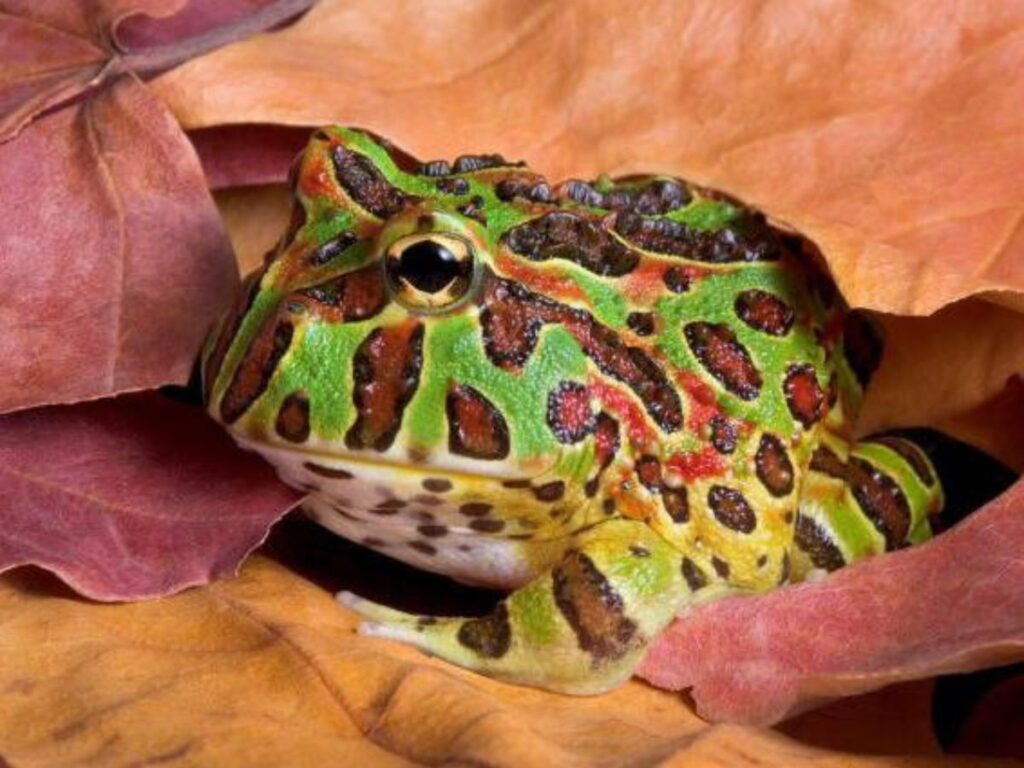🐸 Top Mistakes New Pacman Frog Owners Make
What to Avoid for a Healthy and Happy Amphibian
Top Mistakes New Pacman Frog Owners Make - At a Glance
New Pacman frog owners often make avoidable mistakes—like using the wrong substrate, overfeeding, or mishandling their frog. These errors can lead to stress, illness, or even death. This guide covers the most common beginner pitfalls and how to avoid them for a thriving frog.
Pacman frogs are hardy amphibians, but that doesn’t mean they’re foolproof to care for. Many first-time owners make mistakes in their excitement that can harm their frog’s health. Knowing what to avoid is just as important as knowing what to do right.
In this guide, you’ll learn:
The most common beginner mistakes
How these errors impact your frog
How to correct and prevent them
Links to detailed care guides for success

1. Using the Wrong Substrate
Mistake: Sand, gravel, or reptile carpet
These can cause impaction (intestinal blockage) if swallowed and don’t retain humidity well.
What to Use Instead:
Coconut fiber
Organic topsoil (without fertilizer)
Sphagnum moss (as a moisture layer)
👉 Best Substrate for Pacman Frogs
👉 Pacman Frog Tank Setup for Beginners
2. Overfeeding or Feeding the Wrong Foods
Mistake: Feeding daily as an adult or using oversized prey
Overfeeding leads to obesity and impaction, while too-large prey can injure your frog.
What to Do Instead:
Feed babies daily, juveniles every other day, and adults 1–2 times per week
Prey should be no wider than the frog’s head
Avoid fatty feeder insects as staples
👉 Pacman Frog Feeding Schedule by Age
👉 What Do Pacman Frogs Eat? Complete Feeding Guide

3. Mishandling the Frog
Mistake: Picking them up frequently or with dry hands
Pacman frogs have sensitive skin that absorbs toxins and dehydrates easily.
What to Do Instead:
Handle only when absolutely necessary
Use wet, dechlorinated hands or feeding tongs
Let them rest undisturbed in their tank
👉 Handling Pacman Frogs: Should You or Shouldn’t You?
4. Ignoring Temperature and Humidity
Mistake: No thermometer or hygrometer in the tank
Poor environmental conditions cause stress, low appetite, and illness.
What to Do Instead:
Keep temperatures between 75–85°F
Maintain humidity between 60–80%
Use a digital thermometer and hygrometer for accuracy
👉 Pacman Frog Temperature and Humidity Requirements
5. Choosing the Wrong Tank Size
Mistake: Starting with a tank that’s too big or too small
Small tanks stress adults; large tanks overwhelm babies, making it hard for them to find food.
What to Do Instead:
Babies: 1–5 gallons
Juveniles: 10 gallons
Adults: 15–20 gallons
👉 Pacman Frog Tank Size Guide by Age
6. Not Supplementing Their Diet
Mistake: Forgetting calcium and vitamin D3 powder
This can lead to metabolic bone disease (MBD), a common but preventable condition.
What to Do Instead:
Dust insects with calcium + D3 2–3 times per week
Use vitamin multivitamins weekly

7. Keeping Multiple Frogs Together
Mistake: Housing more than one Pacman frog in the same tank
They are solitary and cannibalistic—they will eat or attack each other.
What to Do Instead:
Always house Pacman frogs individually
Separate tanks = safer and healthier frogs
👉 Can Pacman Frogs Live Together? Pros and Cons
8. Using Tap Water Without Treatment
Mistake: Using untreated tap water for soaking or misting
Chlorine and chloramine in tap water can burn skin and damage internal organs.
What to Do Instead:
Use dechlorinated water or bottled spring water
Treat tap water with a reptile-safe conditioner
FAQ: Avoiding Beginner Mistakes
Q: Can Pacman frogs die from beginner mistakes?
A: Yes—impaction, dehydration, and stress-related illness are all avoidable but serious issues.
Q: What’s the most important thing for a new owner to know?
A: Start with the right enclosure and feeding schedule. Those two alone solve 80% of beginner issues.
Q: How soon do I need to upgrade the tank?
A: Within 4–6 months if starting with a baby frog.
